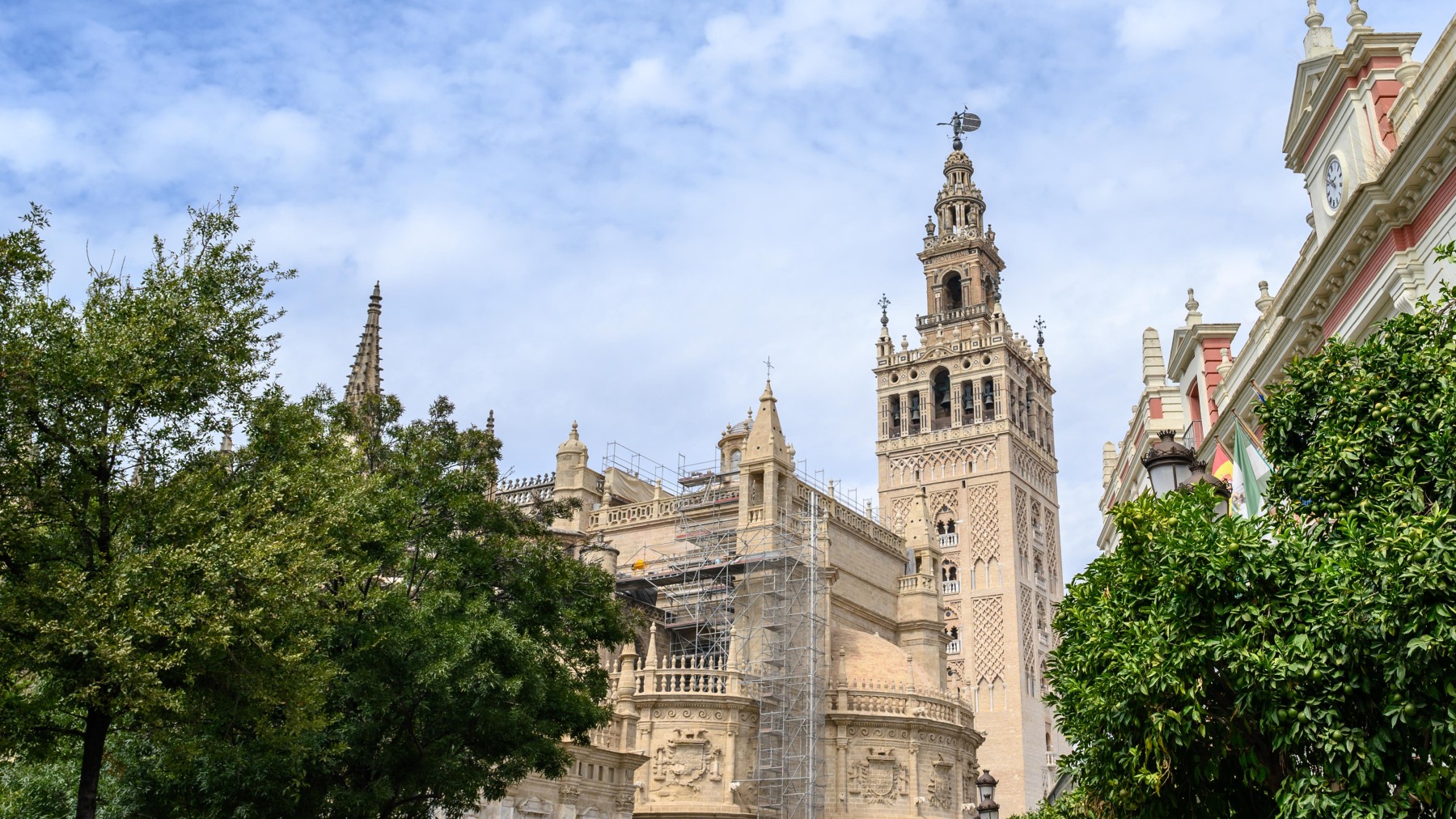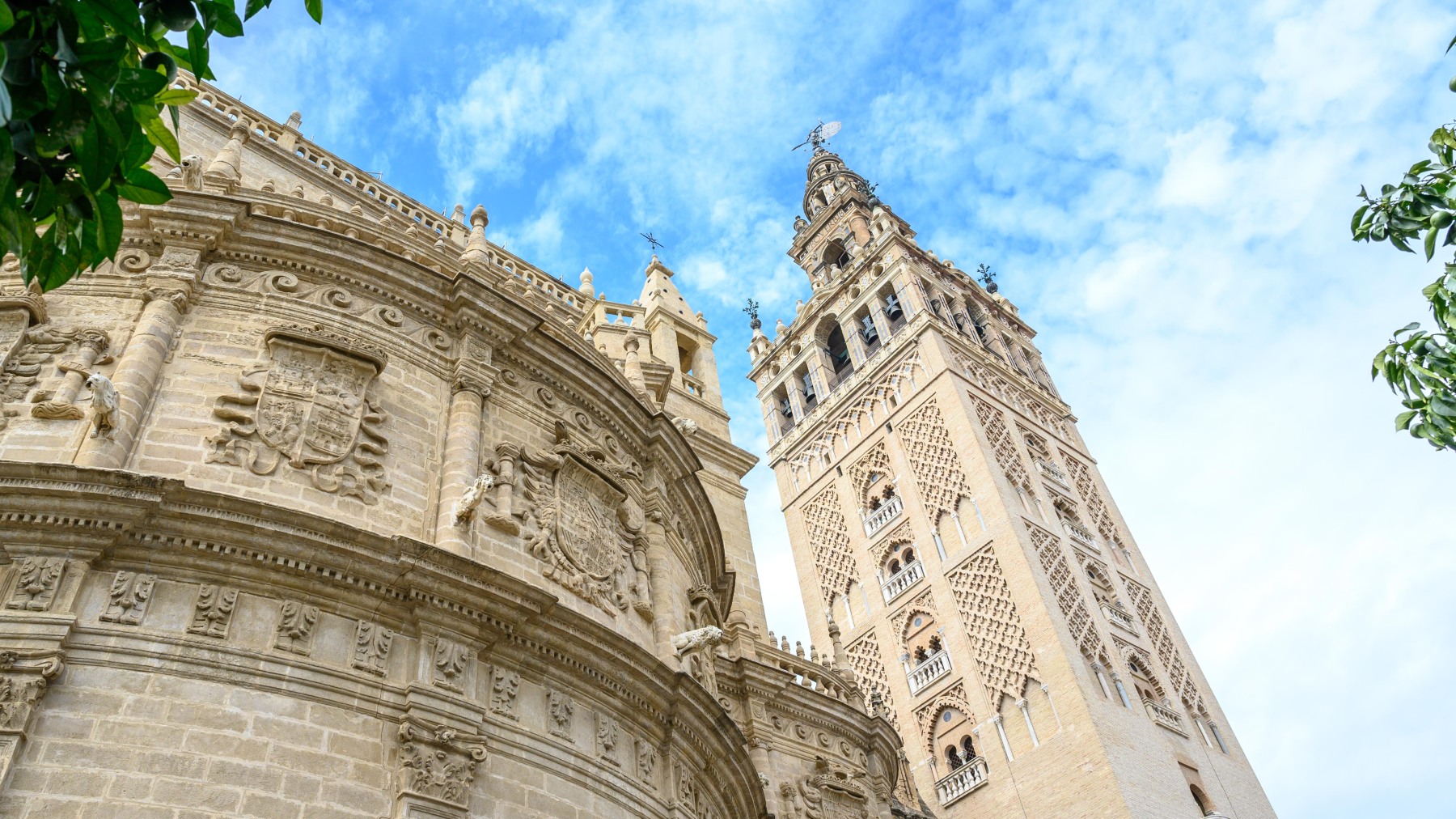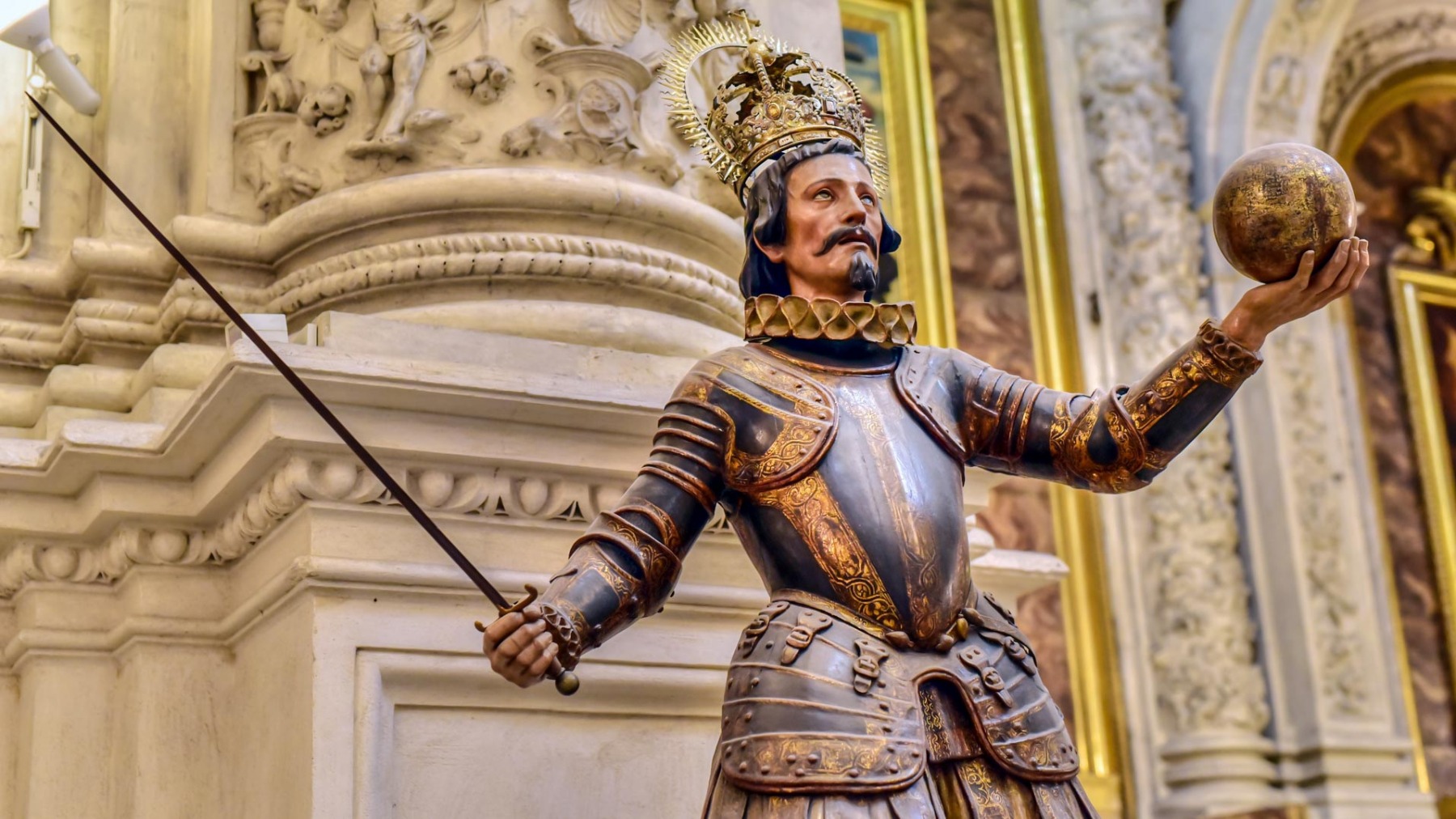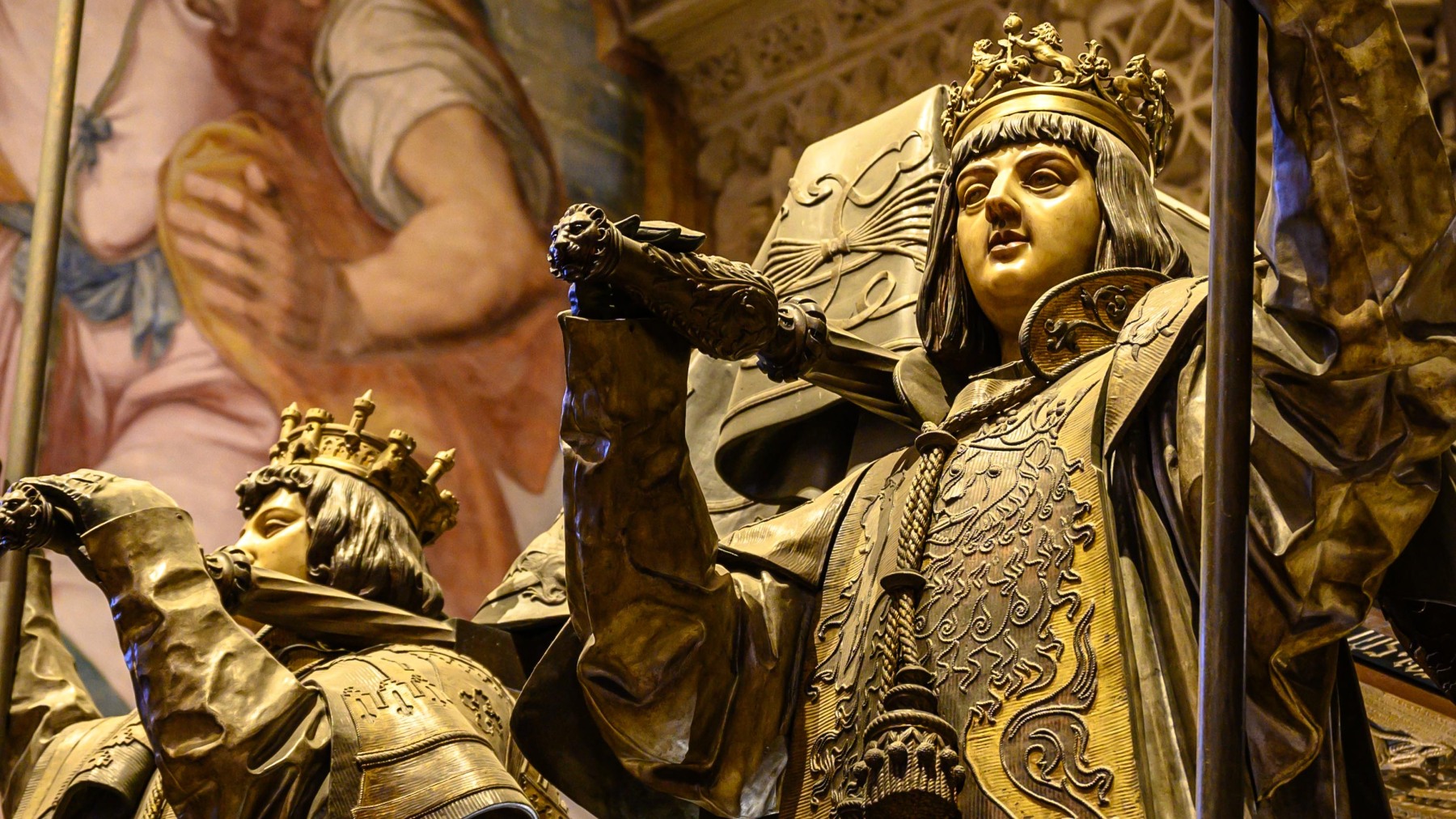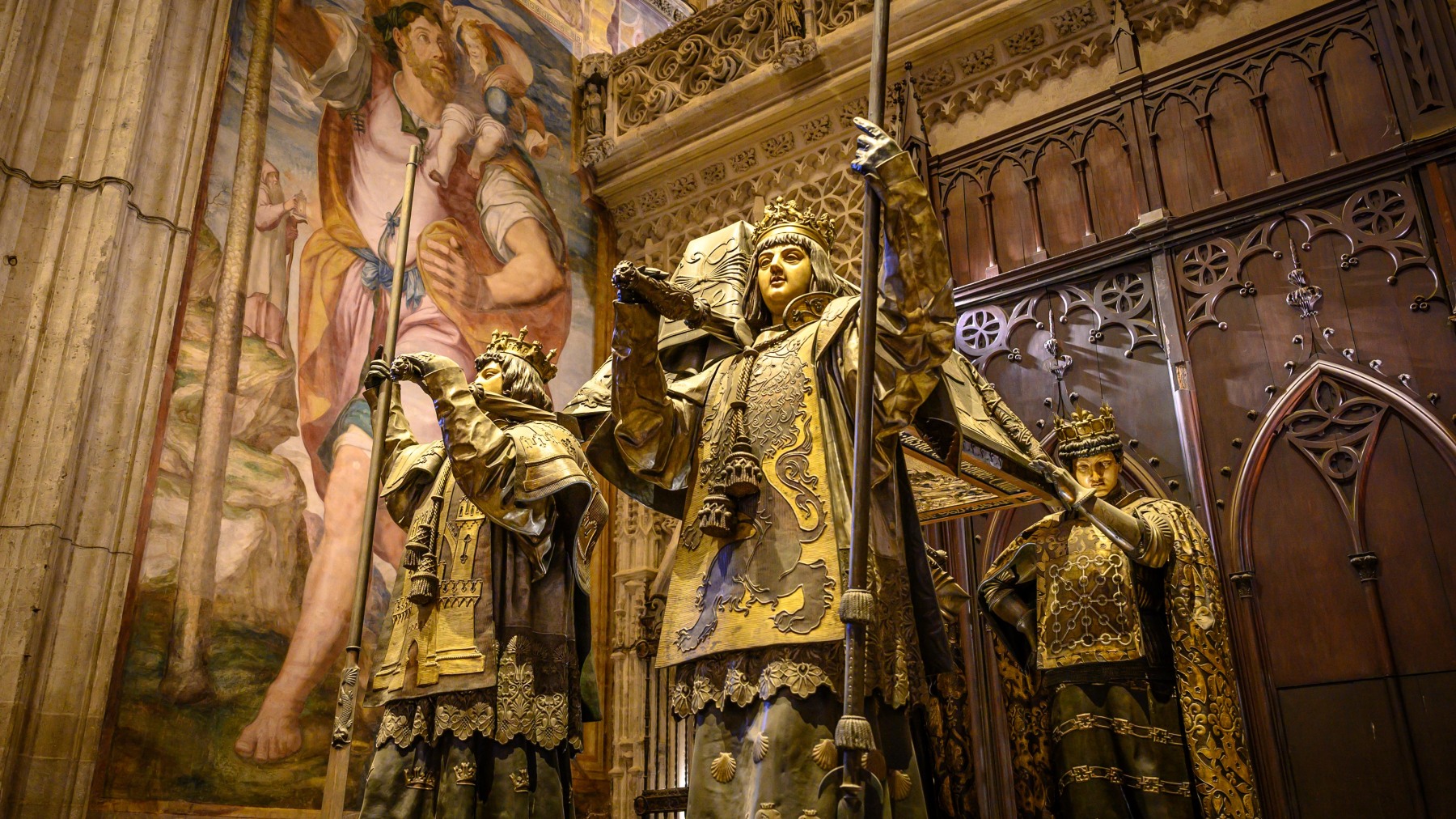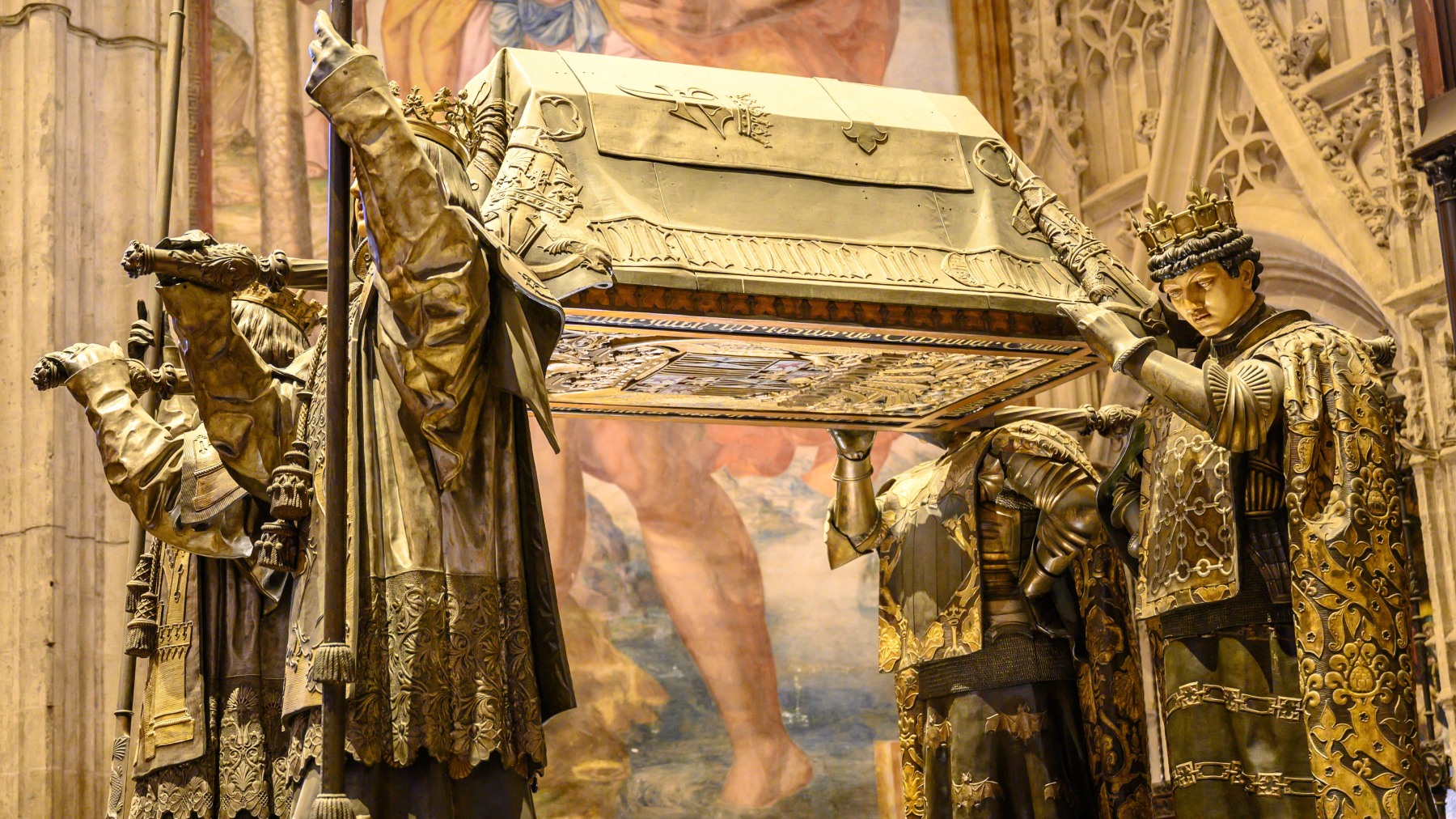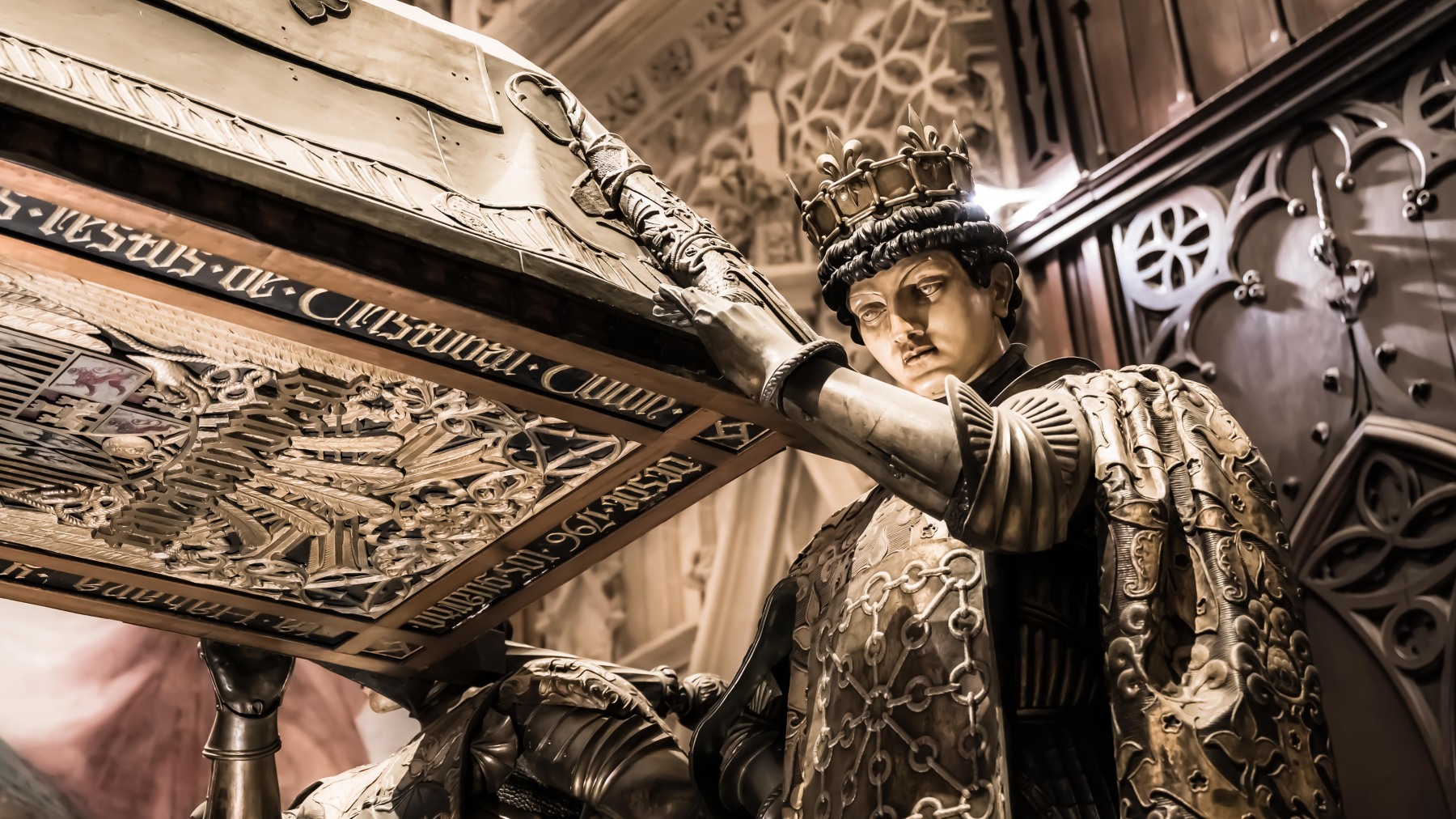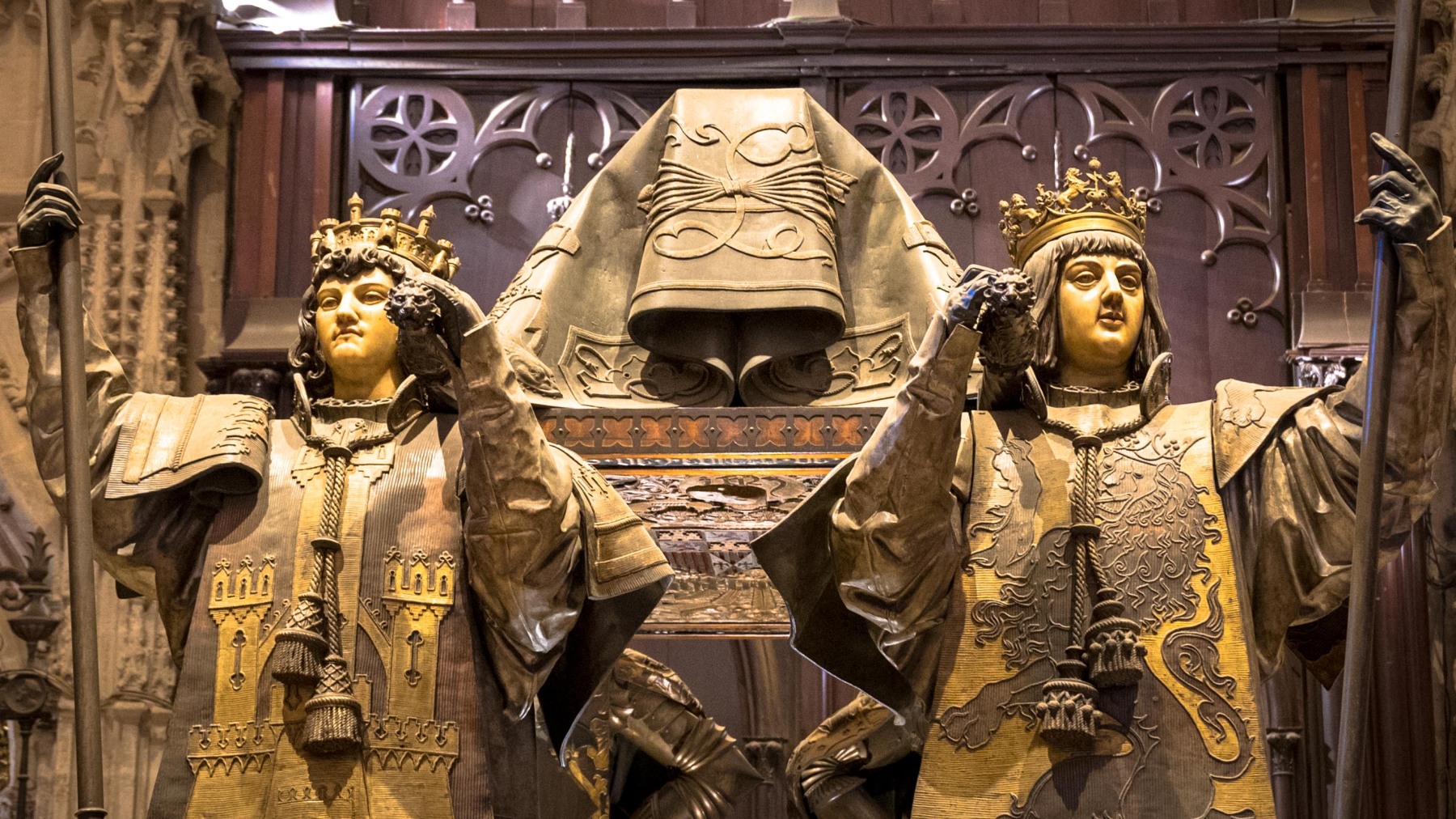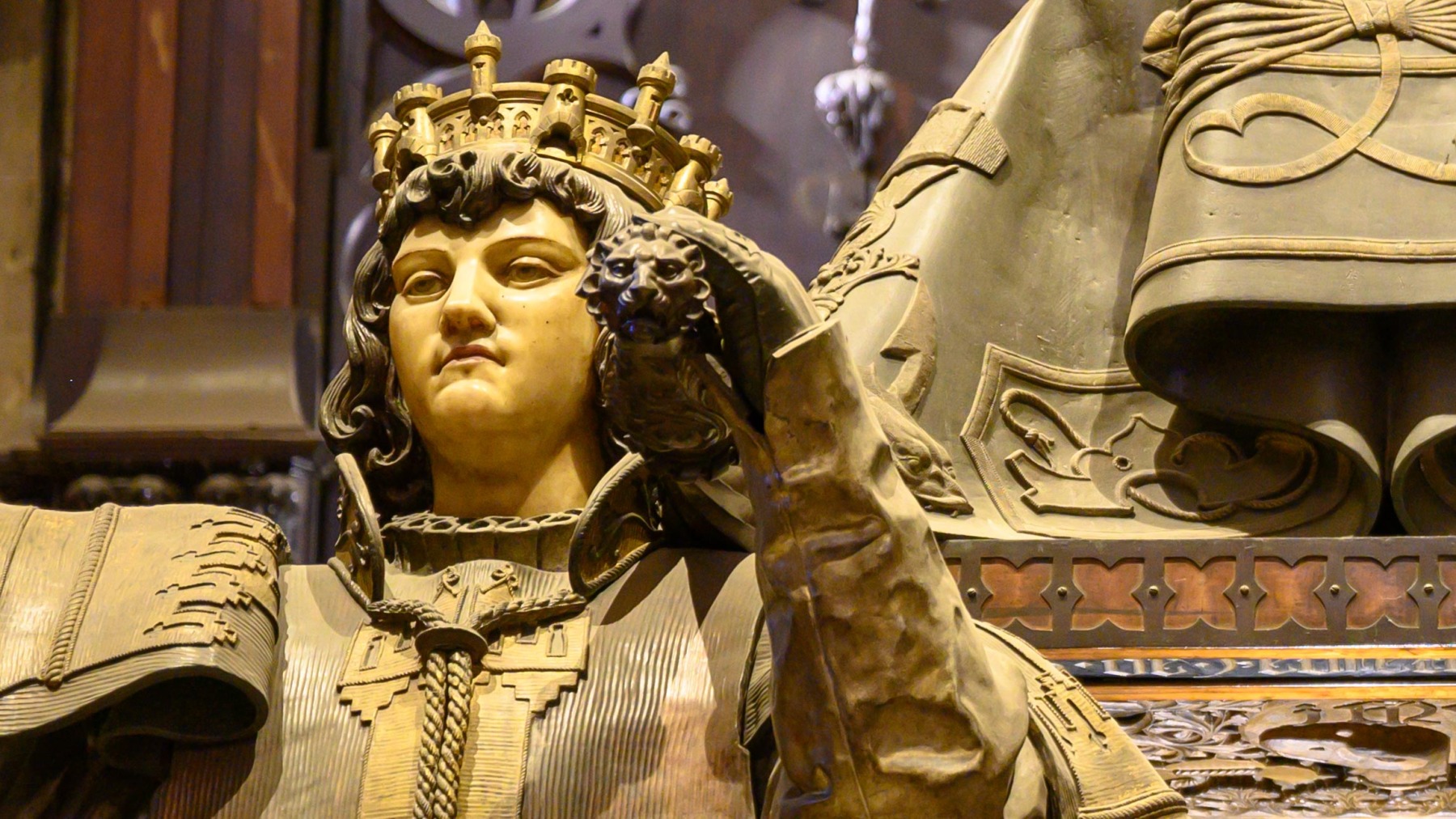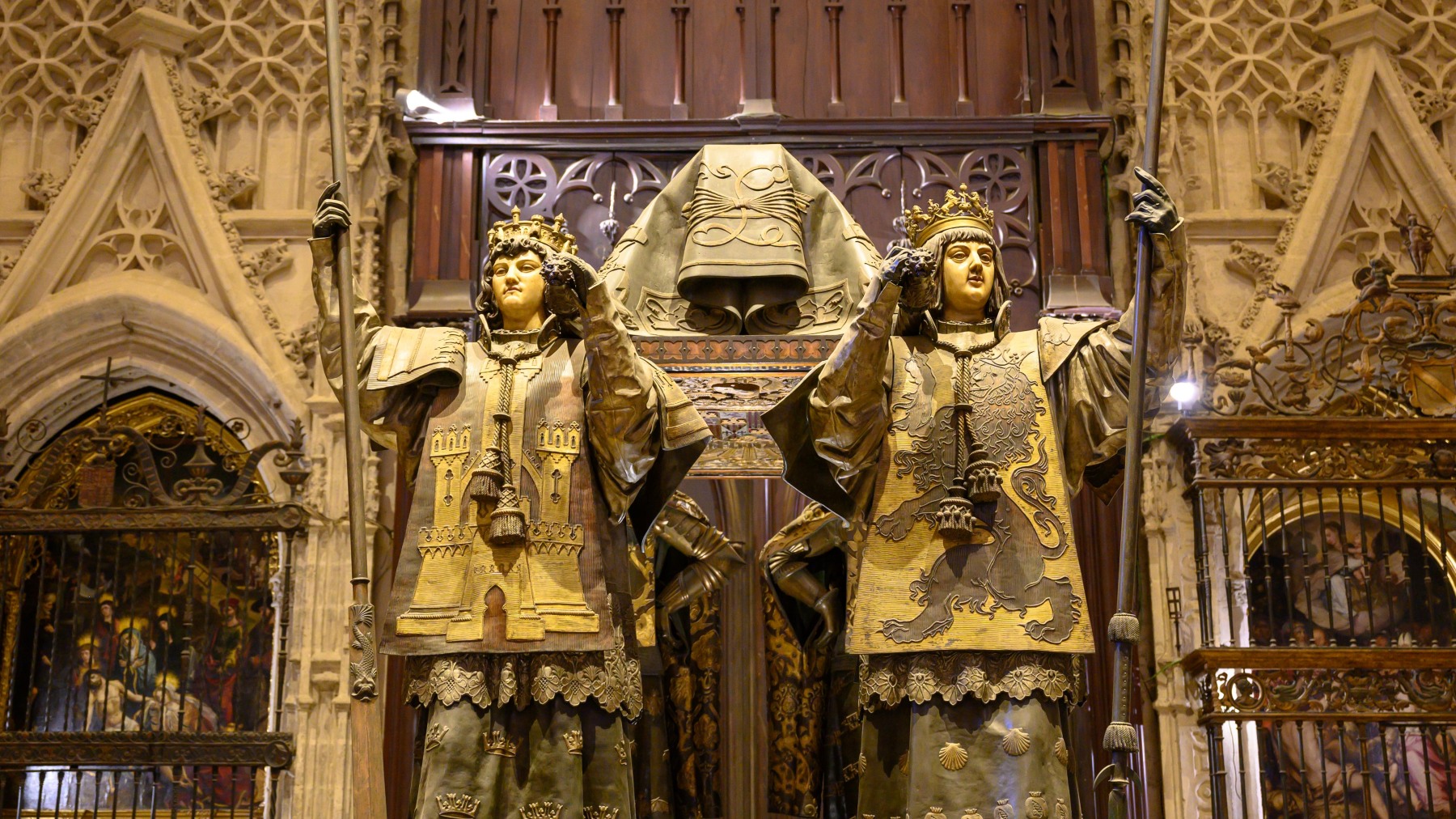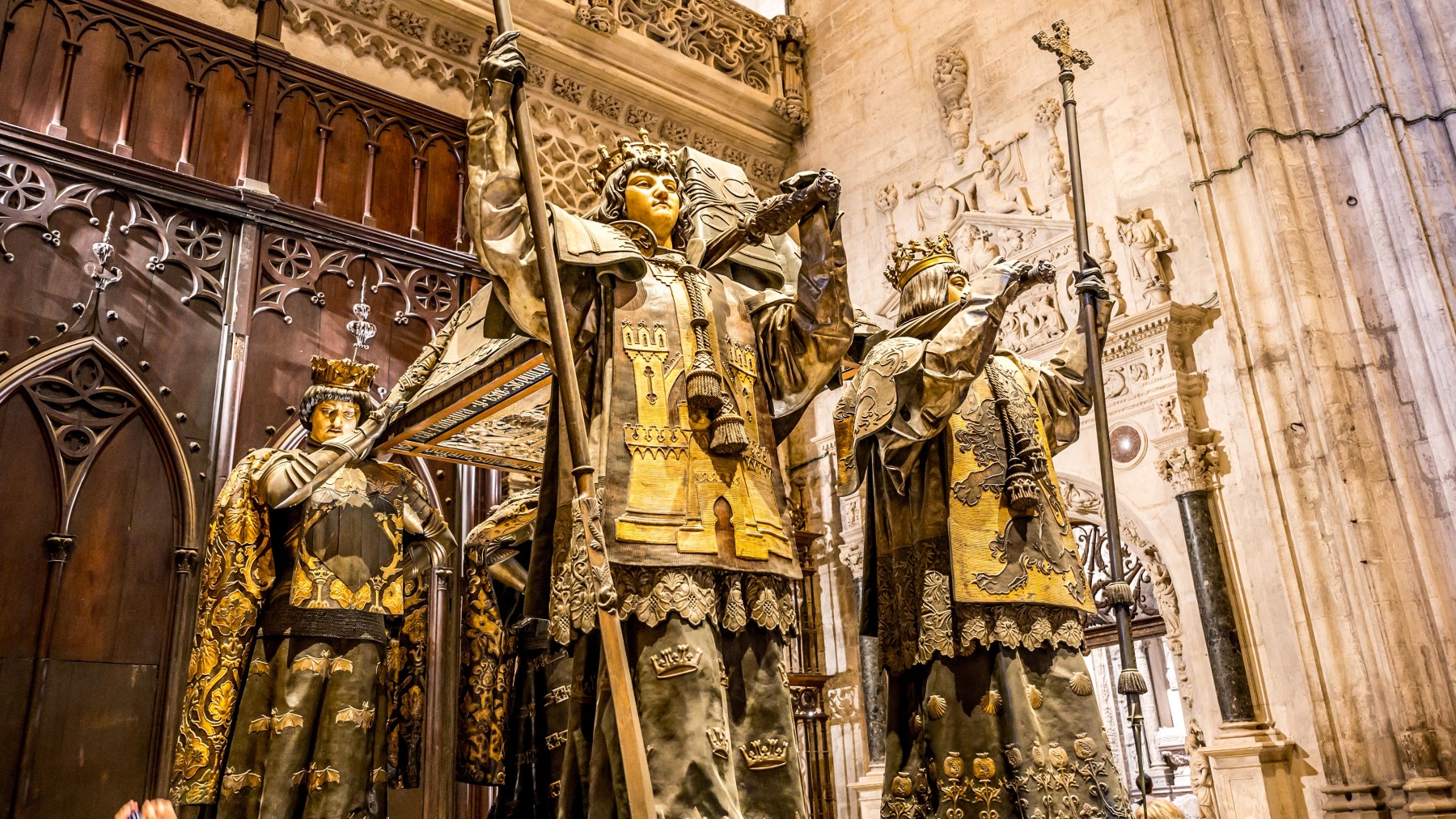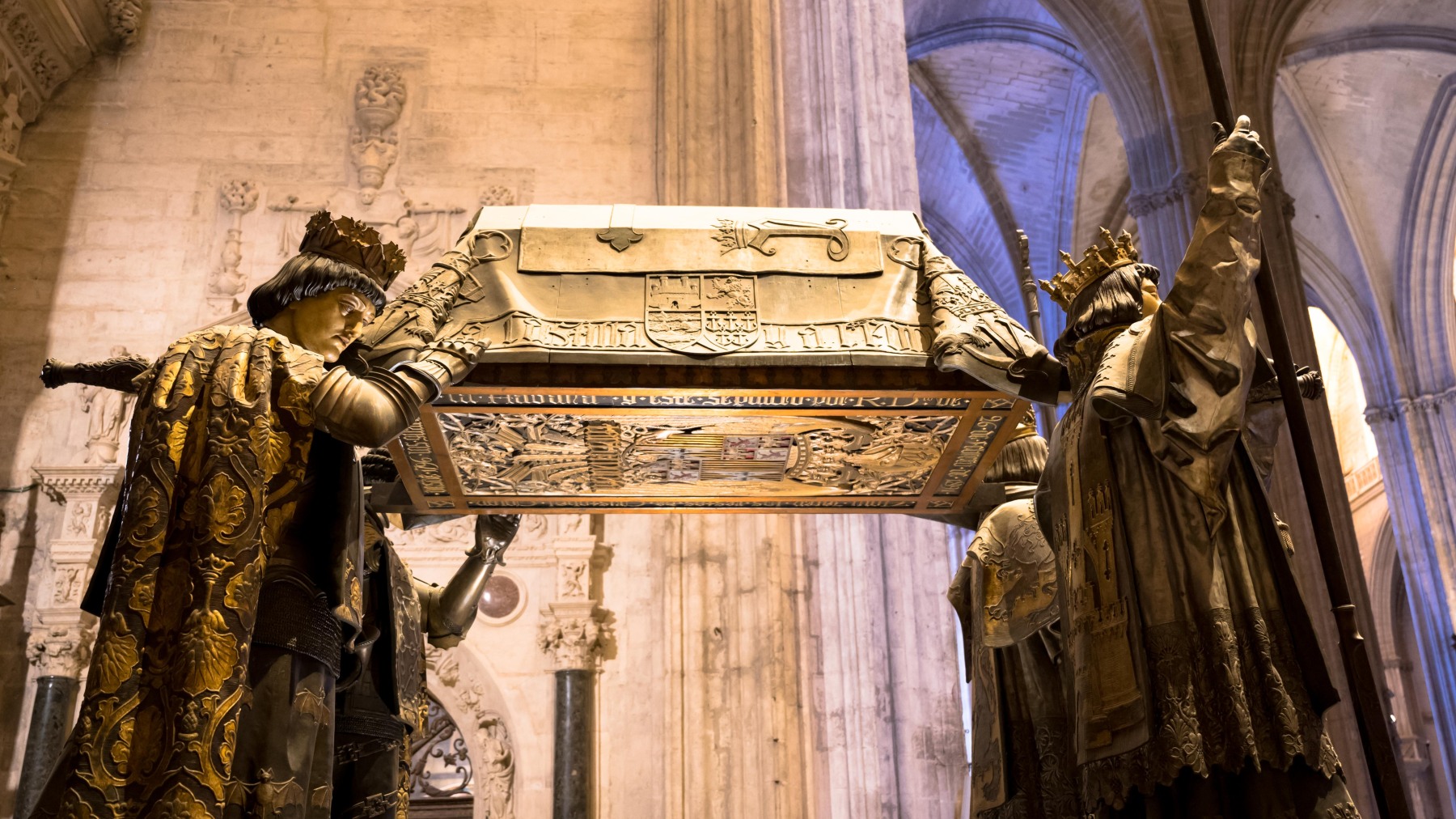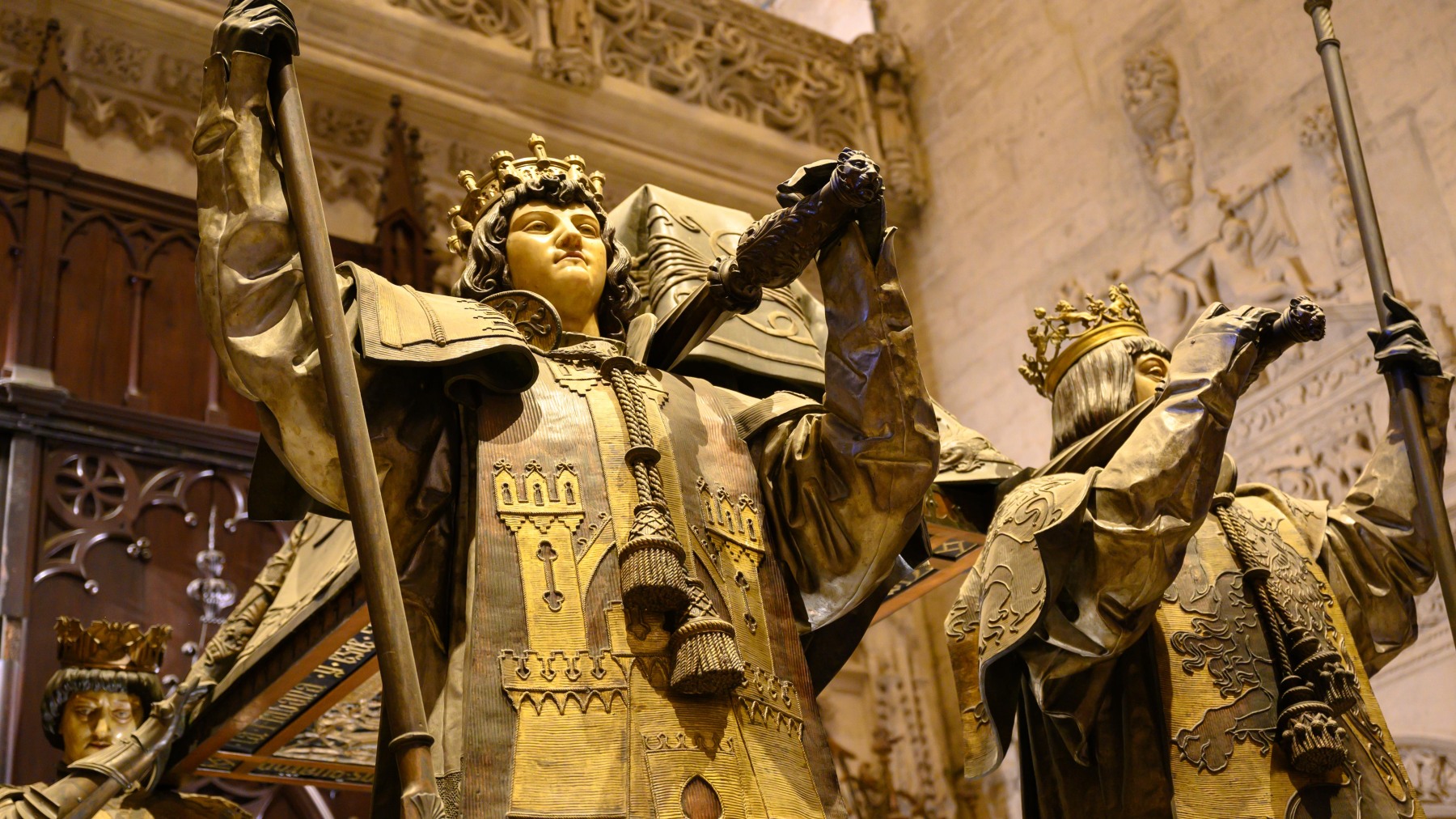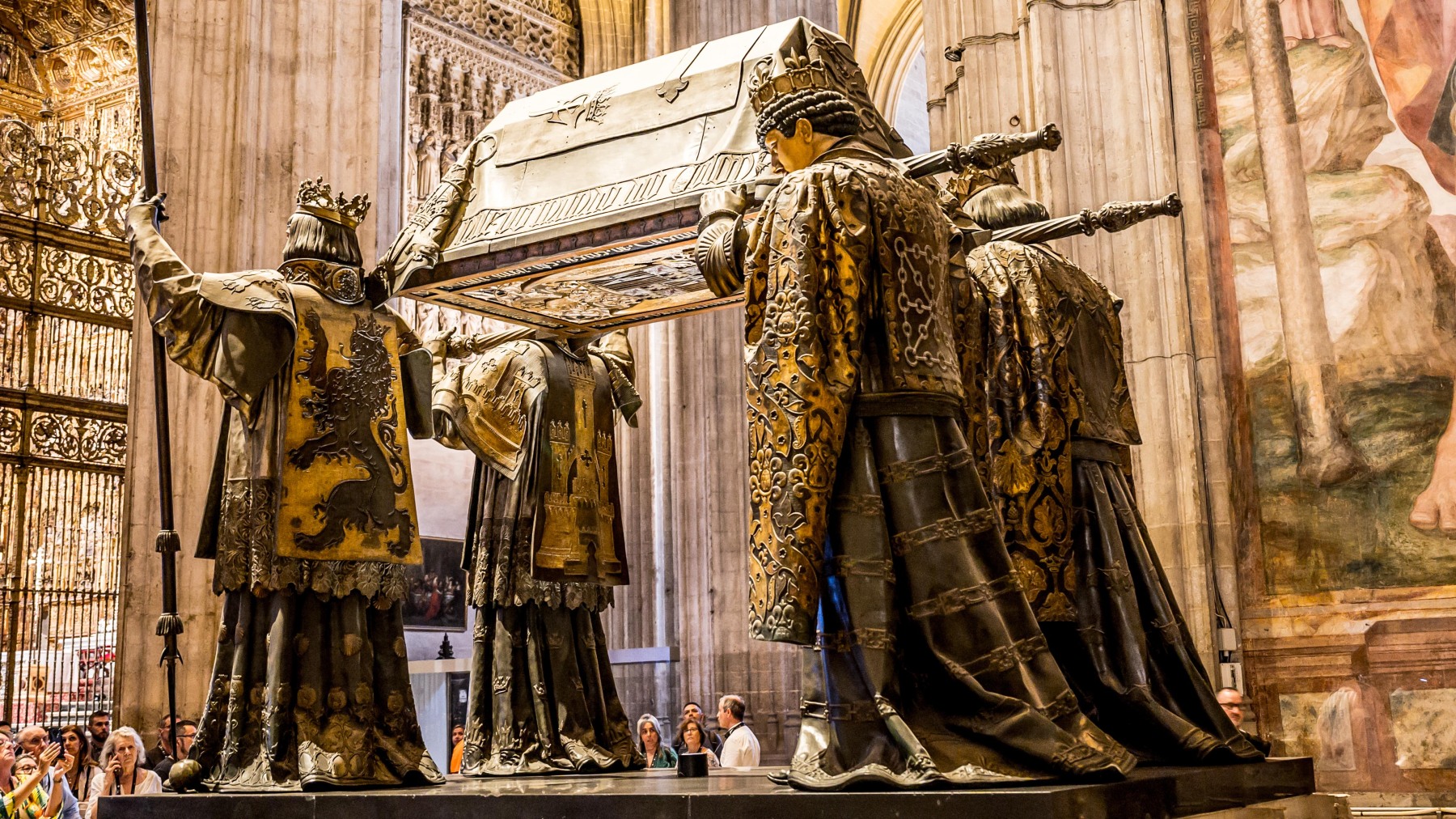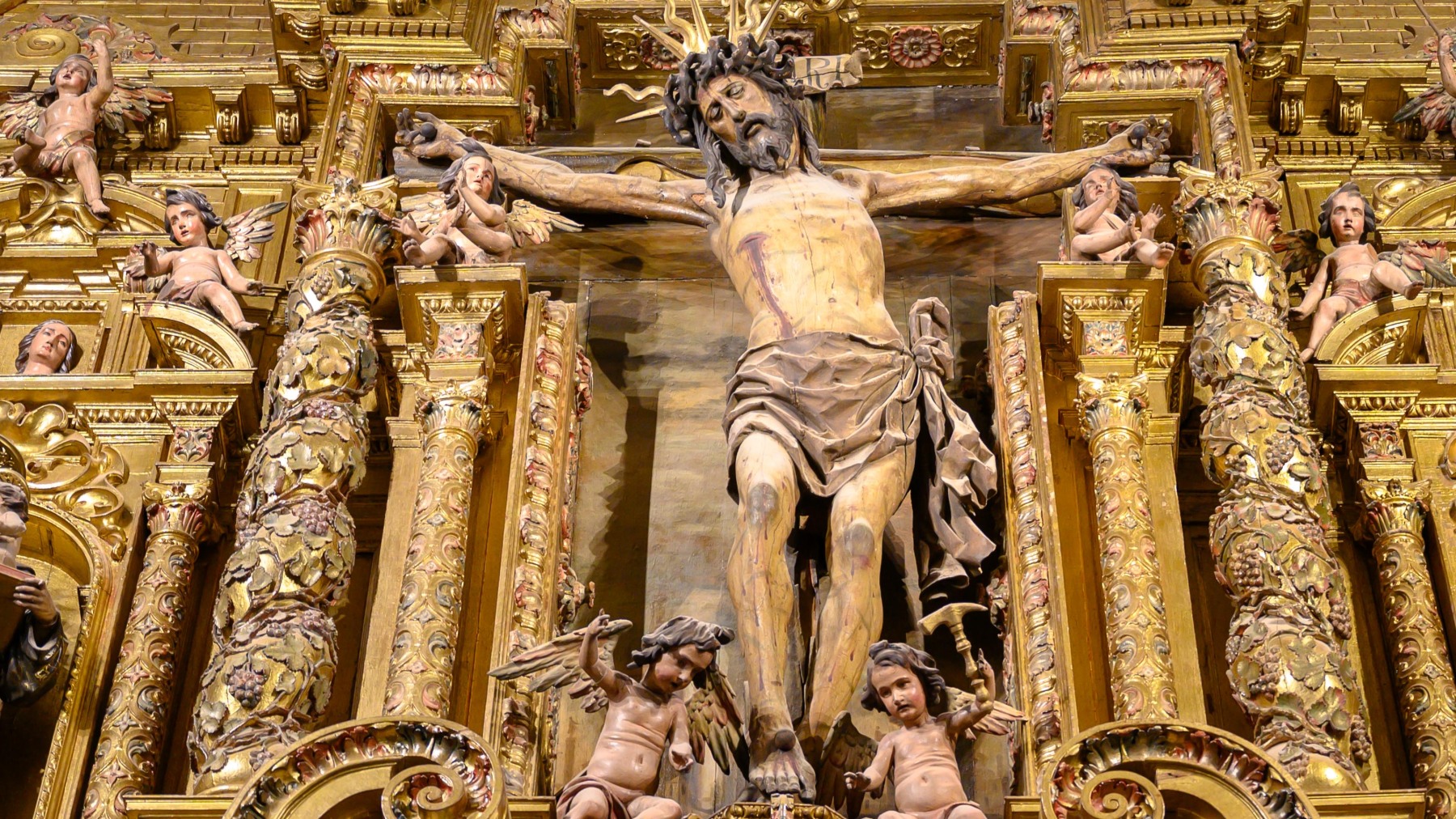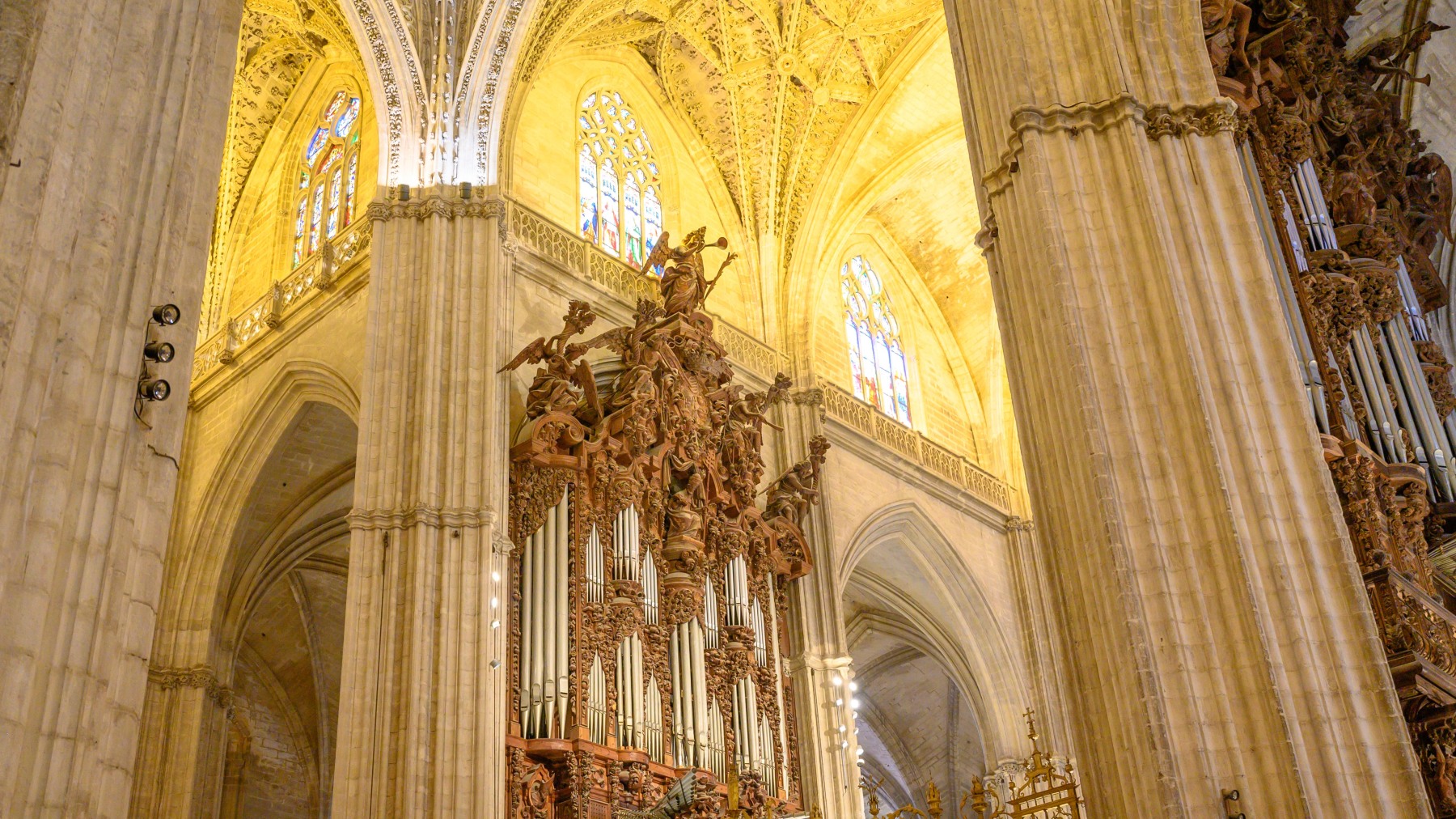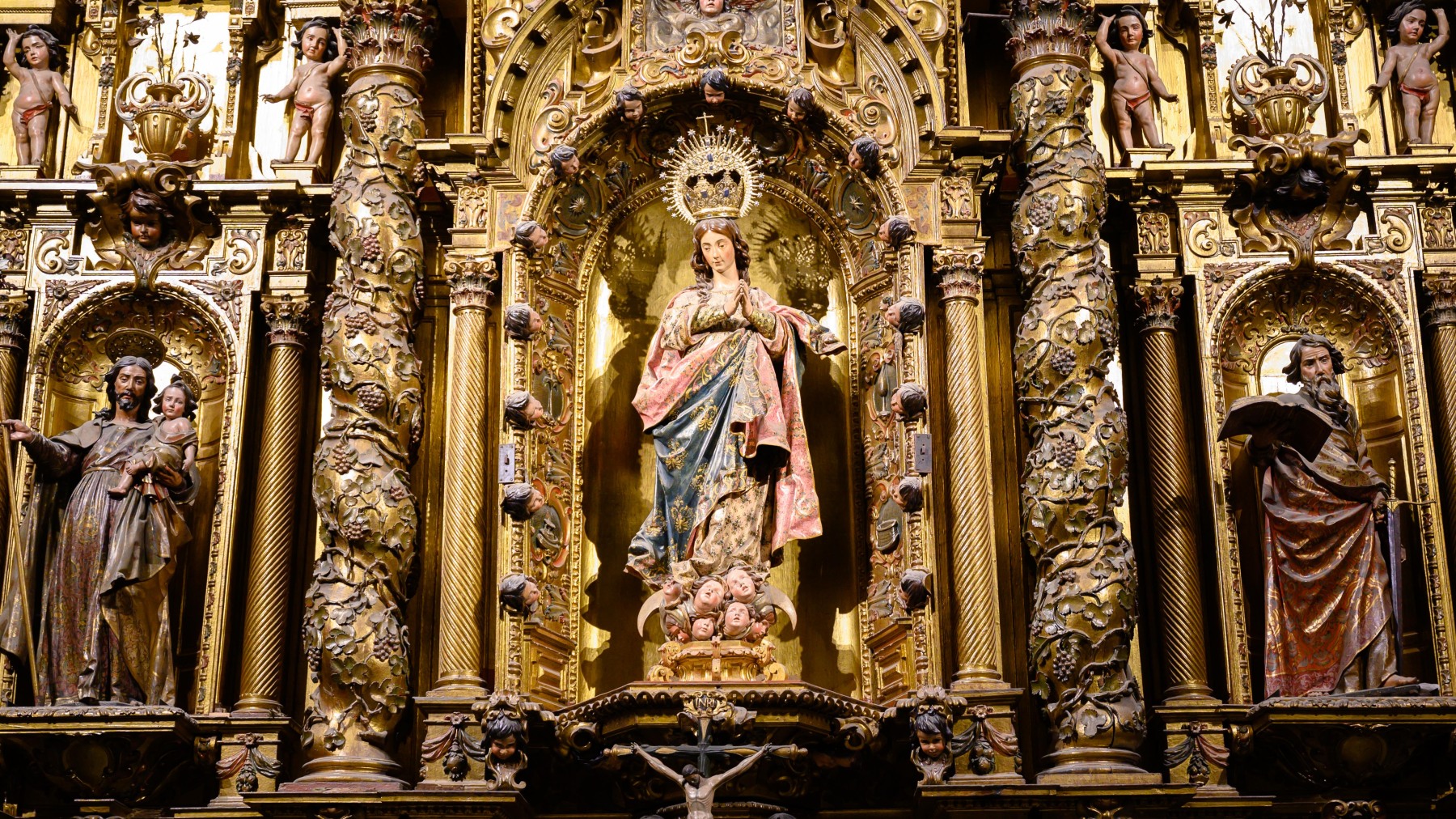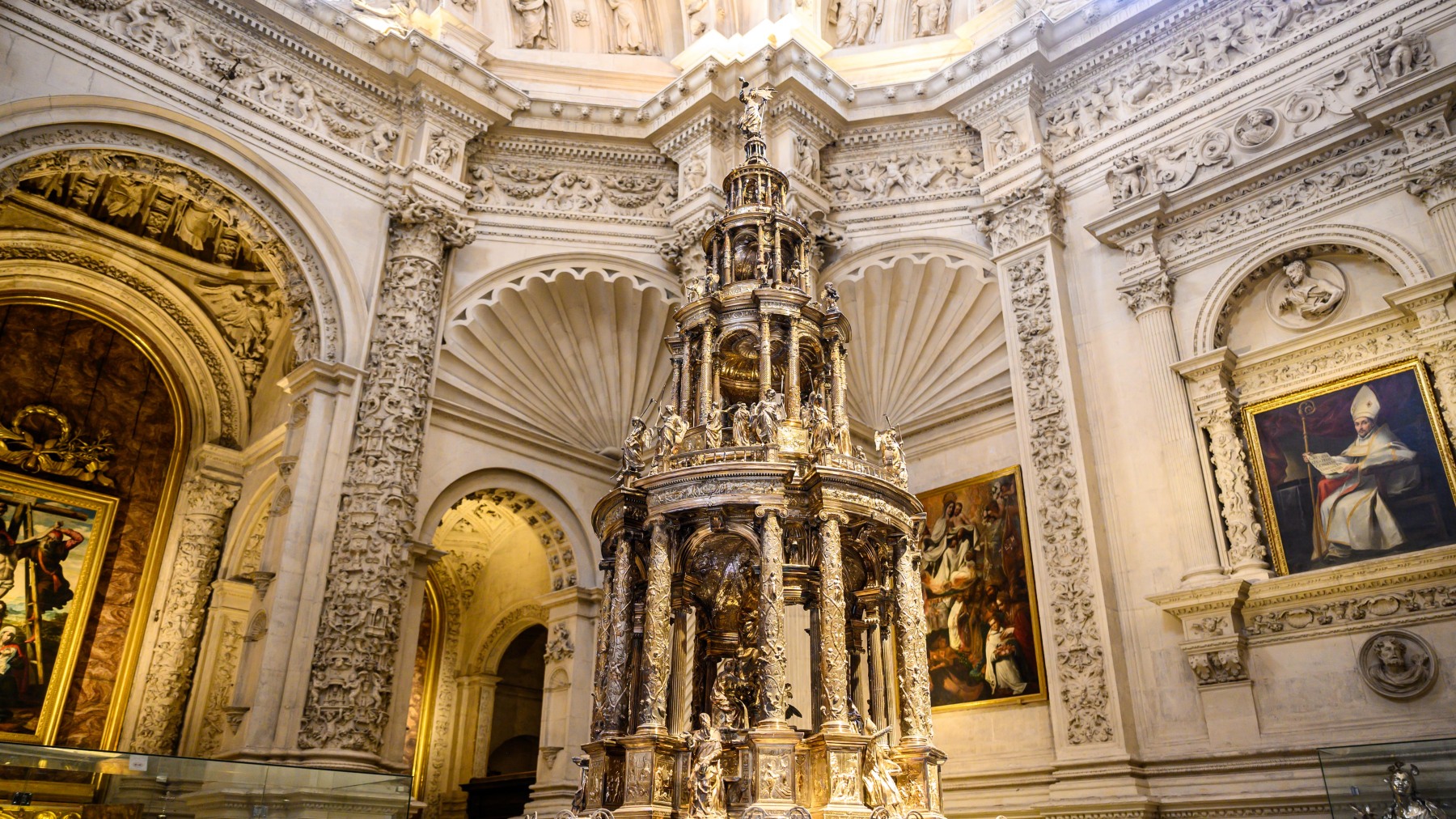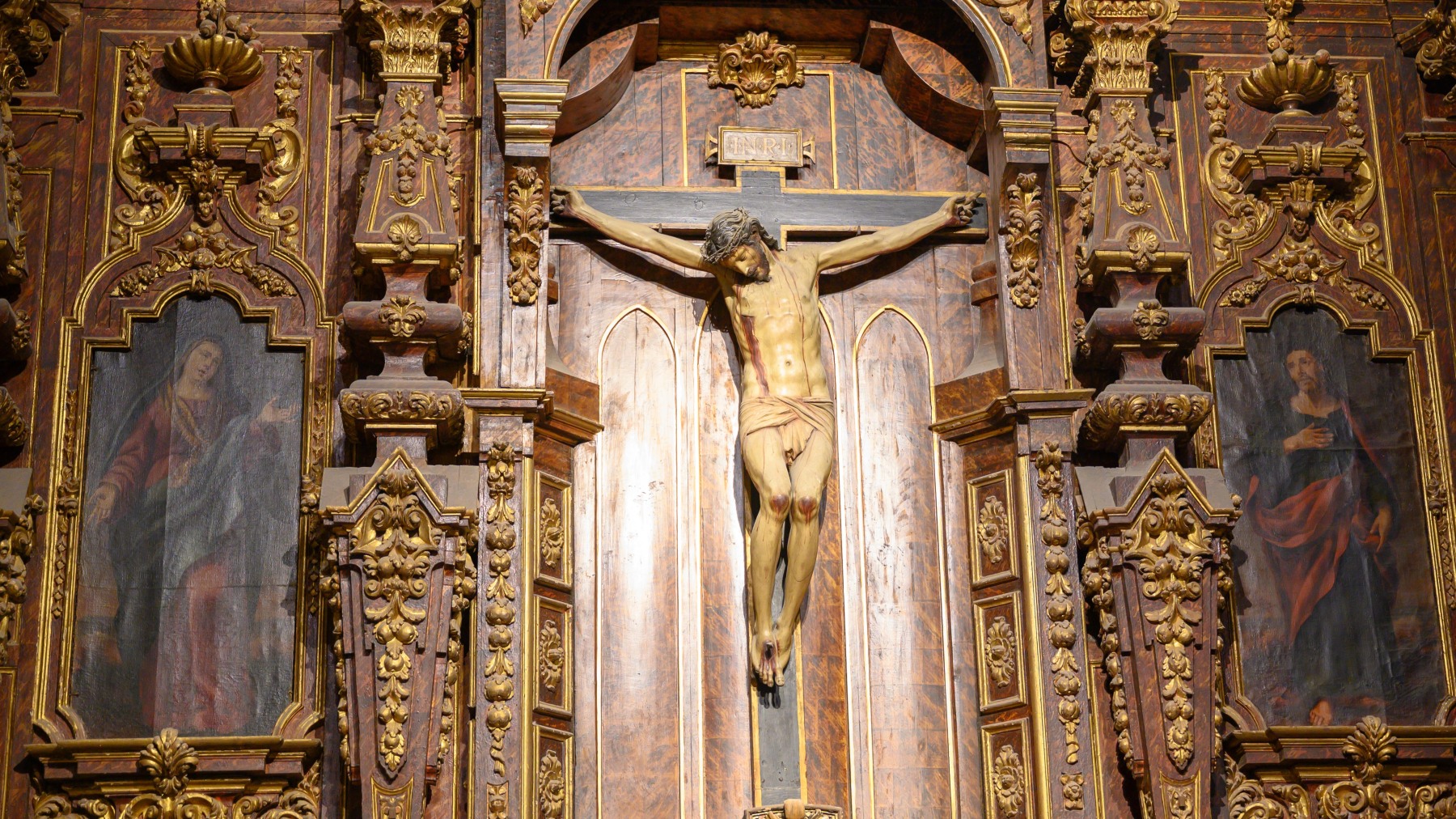Skip to content
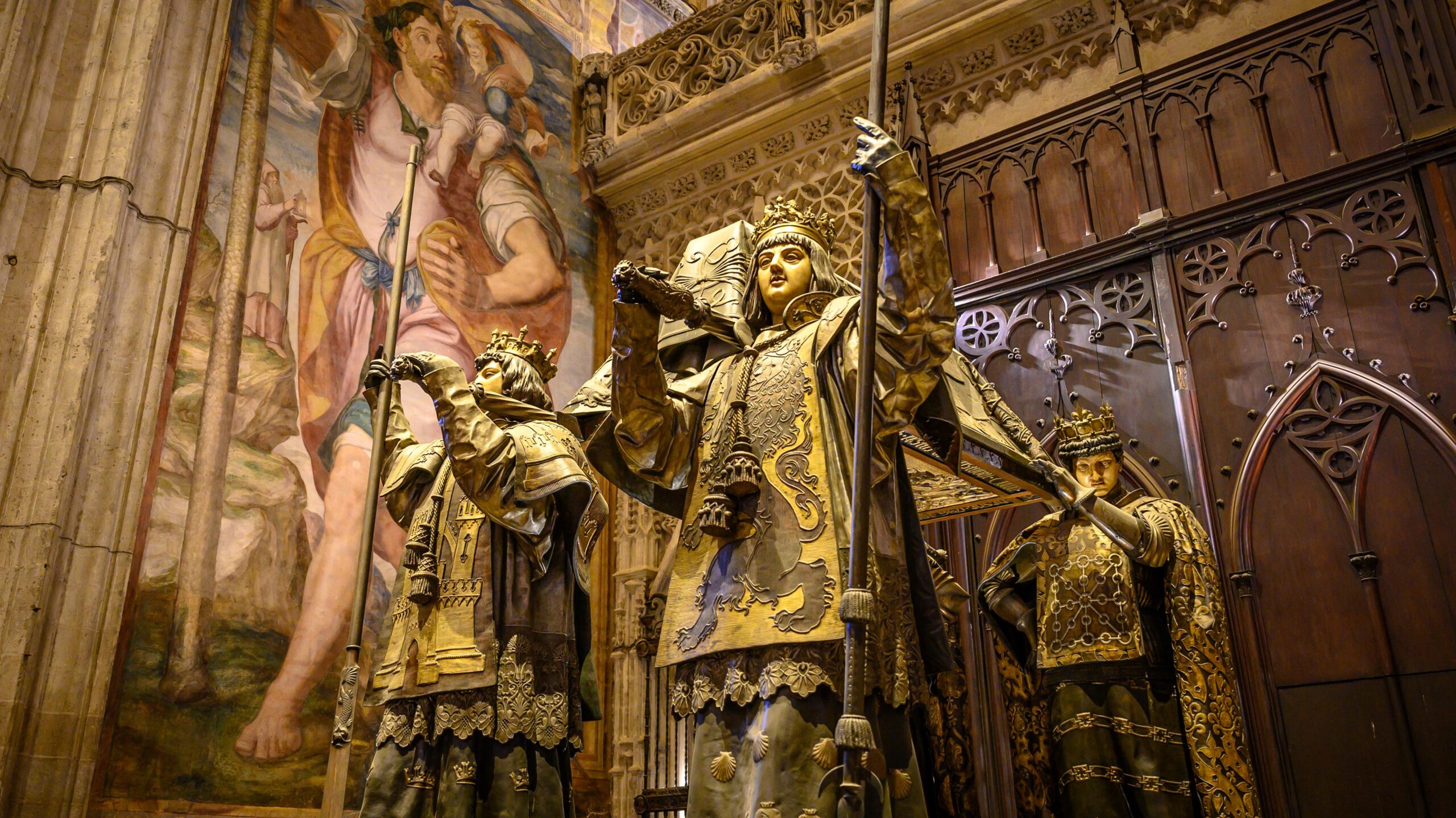
Exploring Seville Cathedral: A Journey Through Time and the Tomb of Christopher Columbus
Seville is a city that doesn’t just whisper its history—it sings it. Wandering its winding streets, you’re surrounded by echoes of Moorish palaces, flamenco rhythms, and the scent of orange blossoms. But one landmark towers above it all, both literally and figuratively: Seville Cathedral, officially known as Catedral de Santa María de la Sede.
Stepping inside this Gothic masterpiece is less like entering a church and more like walking into a living chapter of history.
The Grandeur of the Cathedral
First impressions? Overwhelming. Seville Cathedral is the largest Gothic cathedral in the world and the third-largest church overall. Built in the early 15th century on the site of a former mosque, it was designed with audacity in mind. Legend has it that the city’s leaders declared: “Let us build a church so beautiful and so grand that those who see it finished will think we are mad.”
And madly beautiful it is.
Soaring ribbed vaults draw your eyes heavenward, while countless side chapels hold masterpieces of art and sculpture. The light filtering through stained-glass windows dances across the stone, making the space feel both monumental and intimate. And then there’s the retablo mayor—the high altar—a dazzling, golden wall of carved saints and biblical scenes that took nearly a century to complete.
Climbing the Giralda Tower
No visit to the cathedral is complete without ascending the Giralda, the iconic bell tower that was once the minaret of the mosque. Instead of stairs, a series of ramps leads you upward (climb 34 ramps – yes, ramps, not stairs!) for stunning views over Seville’s rooftops and the Guadalquivir River. The climb is surprisingly gentle, and the reward is unbeatable: panoramic views of Seville’s tiled rooftops, winding alleys, and the Guadalquivir River glinting in the sun.
The Tomb of Christopher Columbus
Among the cathedral’s treasures, one monument draws perhaps the most curiosity: the tomb of Christopher Columbus.
Resting in the south transept, the tomb is anything but modest. Four larger-than-life figures, representing the kingdoms of Castile, León, Aragon, and Navarre, bear the coffin aloft in a dramatic procession of stone and bronze. The sheer symbolism of Spain’s unity carrying Columbus forward underscores the explorer’s impact on history—both celebrated and controversial.
The story of his remains is as winding as his voyages. Columbus was originally buried in Valladolid, later moved to Seville, then shipped across the Atlantic to Santo Domingo, and eventually returned to Spain in the 18th century. To this day, debates linger about whether his bones truly rest here or in the Dominican Republic. Yet standing before the monument, you feel the weight of his legacy, wherever his true resting place may be.
Final Reflections
Visiting Seville Cathedral is more than a sightseeing stop—it’s an encounter with ambition, artistry, and the complicated legacies of history. From the jaw-dropping Gothic nave to the breathtaking Giralda views, and finally to the solemn grandeur of Columbus’s tomb, the experience lingers long after you step back into Seville’s sunlit streets.


